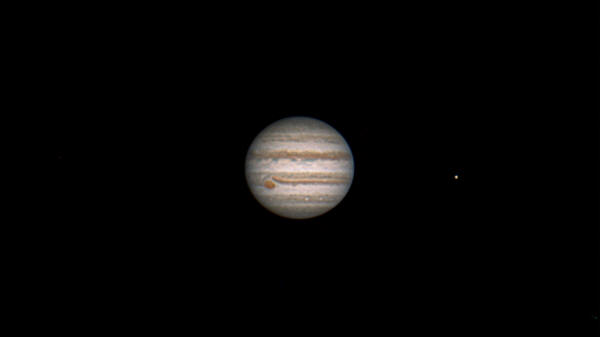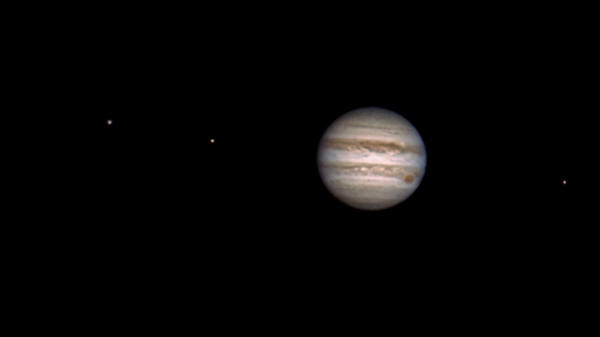 |
President: Vice President: Secretary: Treasurer: |
Roger Cowley Bernie Kosher Dave Neunheuser Wade Evans |
 |
West Jersey Astronomical Society www.wasociety.us
Welcome to the Official Home Page of the West Jersey Astronomical Society (formerly known as the Willingboro Astronomical Society). Our club is in its 49th year of serving both the public and the amateur astronomers of the Delaware Valley. We have a long history of public education, star parties, interesting meetings, in-depth training and experienced leadership. We are a 501(c)(3) tax-exempt organization. Click here for membership information (dues can now be paid through PayPal).
 |
President: Vice President: Secretary: Treasurer: |
Roger Cowley Bernie Kosher Dave Neunheuser Wade Evans |
 |
Announcements Last Update: Sunday, May 08, 2016
| May 9 | The planet Mercury will transit the sun between 7:13 am and 2:41 pm EDT for observers in the Philadelphia area (topocentric times from USNO MICA). A scope with proper solar filtration will be needed to see this event safely. |
| May 13 | WAS will hold a Private Star Watch for students at the J. Harold Van Zant School in Marlton, NJ. Support from members will be needed, so plan to attend with your scope (7 pm). This event is not open to the general public. |
| May 14 | Public Star Watch at Batsto Village. The full schedule of Public Star Watches for 2016 is available here. |
| May 20 | Formal Meeting, 7:30 pm at the Virtua Health and Wellness Center in Moorestown, NJ. As always, guests are welcome and no astronomical experience is necessary. Use the Main Entrance and check with the security guard. Click here for the minutes of the May 6th Informal Meeting. |
| May 21 | Full Moon at 5:14 pm EDT |
| June 3 | Informal Meeting, 7:30 pm at the Virtua Health and Wellness Center in Moorestown, NJ. |
| June 4 | New Moon at 11:00 pm EDT |
Photo Spotlight Image posted 05.01.2016

Jim Fusco captured the planet Jupiter on April 5, 2016, around 10:15 pm EDT. This image, a correct view with north up and east to the left, shows the Great Red Spot at the Southern Equatorial Belt near the eastern (left) limb of the Jovian disc. The Galilean satellite, Io, is to the west (right) of the disc. Mouseover for labels. The other three Galilean satellites were outside the field of view. These images also show the recent intensification of the brick-red color in the Great Red Spot.

Here's Jim's image of Jupiter on April 13, 2016, about 9:15 pm EDT, also north up and east left. The Great Red Spot is now near the western (right) limb of the Jovian disc. Three Galilean satellites are present. Ganymede is farthest east (left) of the disc, Io is between Ganymede and the disc, while Europa is to the west (right) of the disc. The fourth Galilean satellite, Callisto, is outside the field on the east. Mouseover for labels.
The images were captured using a Stellar Optical Santel MK91 9.1-inch, f/13 Maksutov-Cassegrain telescope with a Televue Powermate 2.5x, and an Allied Vision Prosilica GT 2450 5 megapixel CCD video camera. The image captured on April 5th was processed with Registax 6, the image from April 13th with AviStack.
Click here for the previous home page image.
Click to contact the . Members are encouraged to submit their astronomical images to the webmaster for inclusion on the WAS Home Page. Be sure to include a description, date and time, as well as equipment and photo data.